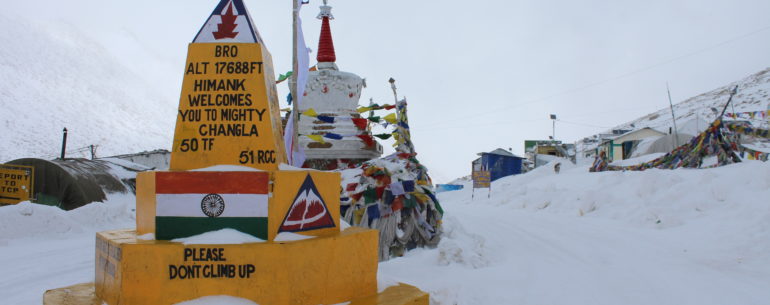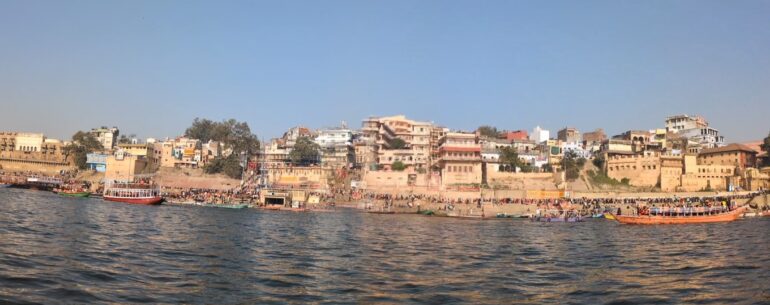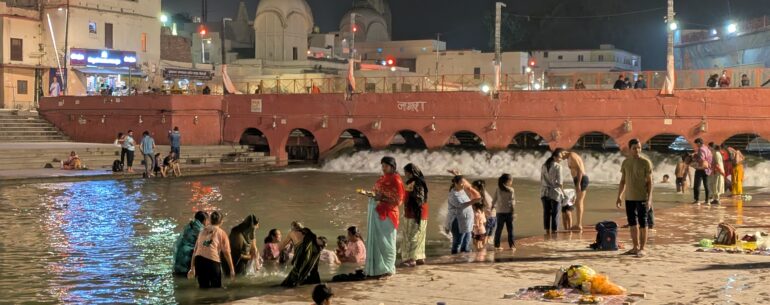Oxygen comprises ~21% of atmospheric air at sea level. Even at higher altitudes, this percentage does not change. However, the density of air decreases as altitude increases. In simple terms, this means there are less oxygen molecules in the air at higher altitudes, resulting in lower effective oxygen. The effective oxygen at various altitude levels in the atmosphere is set out below.
Altitude(Ft.) Effective Oxygen
0 20.9%
7,000 16.0%
10,000 14.3%
11,000 13.7%
12,000 13.2%
14,000 12.3%
15,000 11.8%
18,000 10.5%
source: www.hypoxico.com
Acclimatisation is recommended if going beyond 8,000 ft. as High Altitude Sickness(HAS) can strike beyond this altitude. Unfortunately, HAS can affect even an otherwise very healthy person. However, only a small percentage of visitors appear to suffer from HAS. Now look at the altitudes of most visited places in Ladakh, where visitors stay overnight.
Leh 11,300 ft.
Nubra Valley 10,000 ft. average
Pangong Tso 14,300 ft.
Tso Moriri 14,800 ft.
Khadungla Pass at 17,980 ft. and Chang La pass at 17,700 ft. have to be crossed for Nubra valley and Pangong lake respectively.
Take it easy the first 2 days
After arriving in Leh by air, it is best to take it easy the first couple of days to allow the body to acclimatize. I know you must be thinking-why pay to rest? I have heard stories of how visitors, feeling fine on arrival, get over active and end up in bed-in hotel or hospital-for 2-3 days!
I rested fully after arriving in the morning on Day 1. Spent most of the time reading a book which was kind of nice! The second day, I only did local sightseeing, without trying to go to higher altitudes. I did not experience any symptoms of HAS though I did not get sound sleep on the first night.
The general advise is also to consume lot of fluids, which I anyway do at home as well. So it is a habit for me. Better to take these precautions and enjoy a hassle free vacation.
Help is generally available
In any case, small portable oxygen cylinders are available at the airport(INR 399) and at medical shops in Leh. There are medical centres at Khardungla Pass and Changla Pass, besides Leh and Tangtse and hence, generally, help is readily available. Do read up on symptoms that typically appear within a day of reaching a high altitude and understand what needs to done.
My taxi driver also said it is advisable not to hang around at high altitudes(say above 15,000 ft) beyond 2-3 hours. Now, visitors do stay overnight at Pangong Tso or Tso Moriri without much problem in summer.
Doing Yoga/Gym workouts not easy
I actually tried doing yoga in the Leh but noted I could not take deep breaths that is required for surya namaskar. I could comfortably do moderate exercises in the gym though I would be out of breadth very quickly. Walking uphill near Chang La pass for about 5 minutes was very tiring though I was fine after a minute of rest.
Normal walking is not impacted at all. And not that tiring.
And finally, I avoided alcoholic drinks altogether, even though the cold weather was very inviting for a drink!



